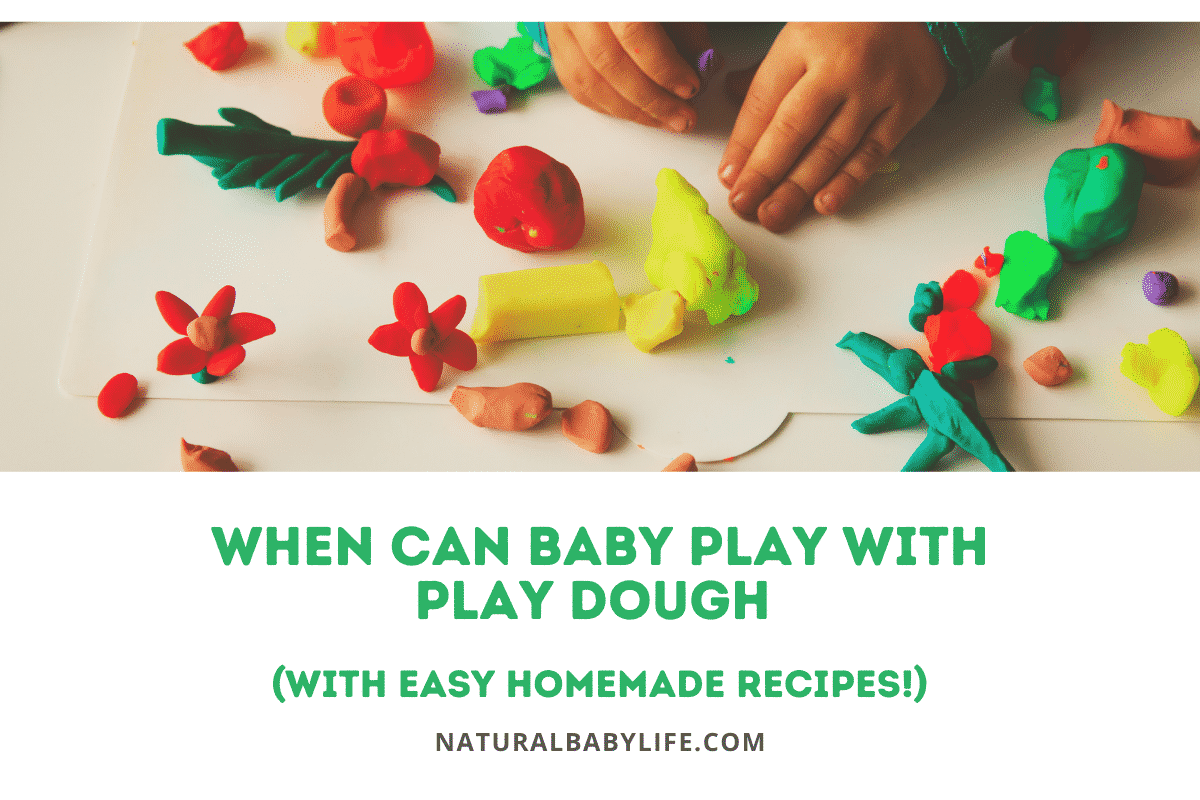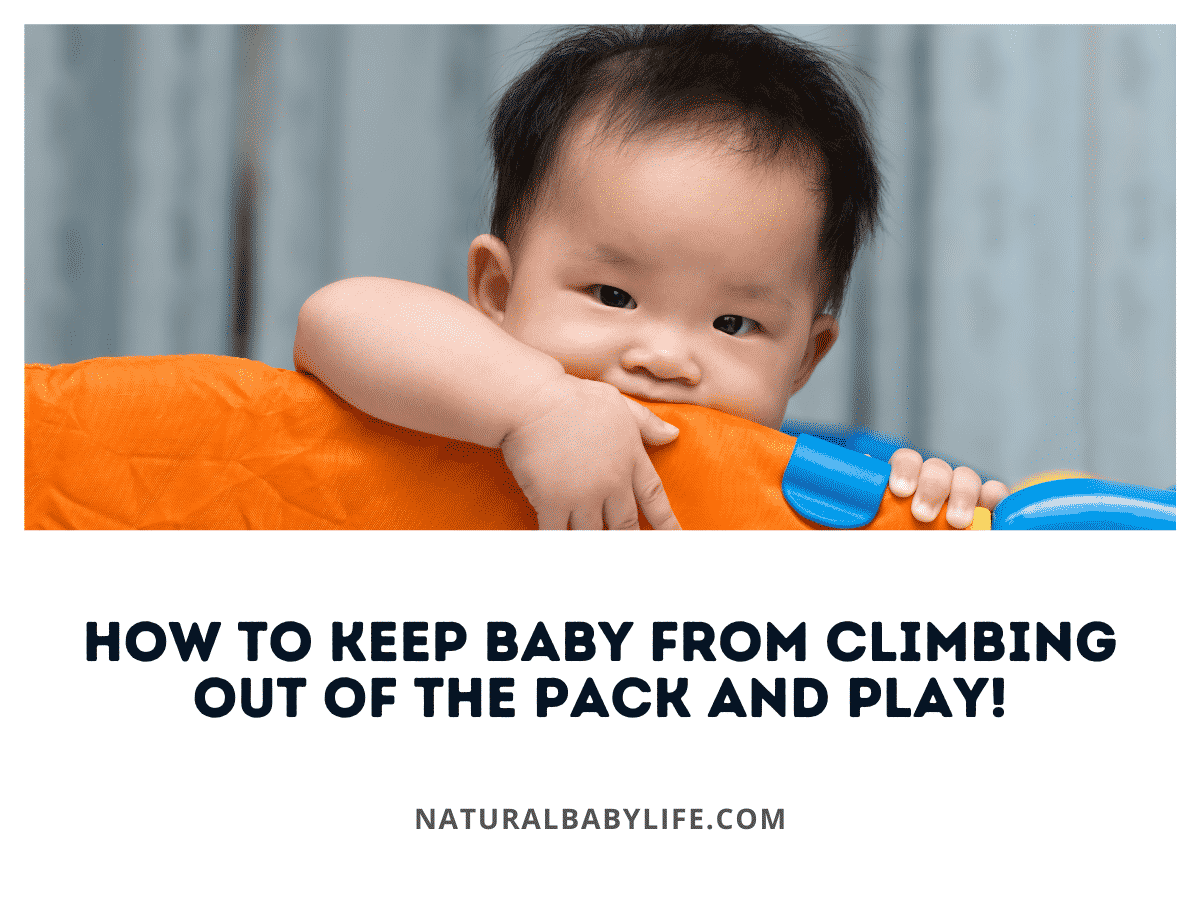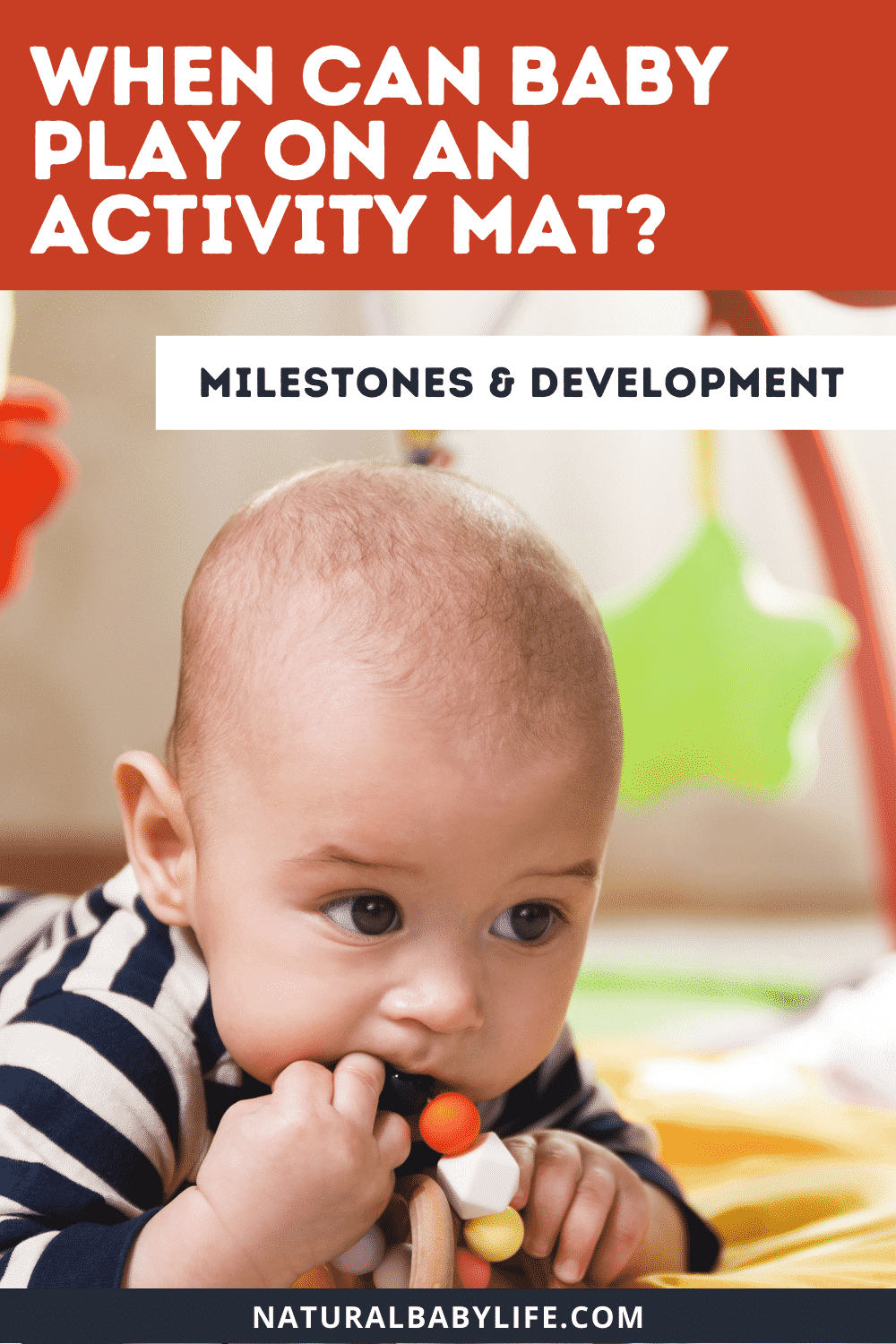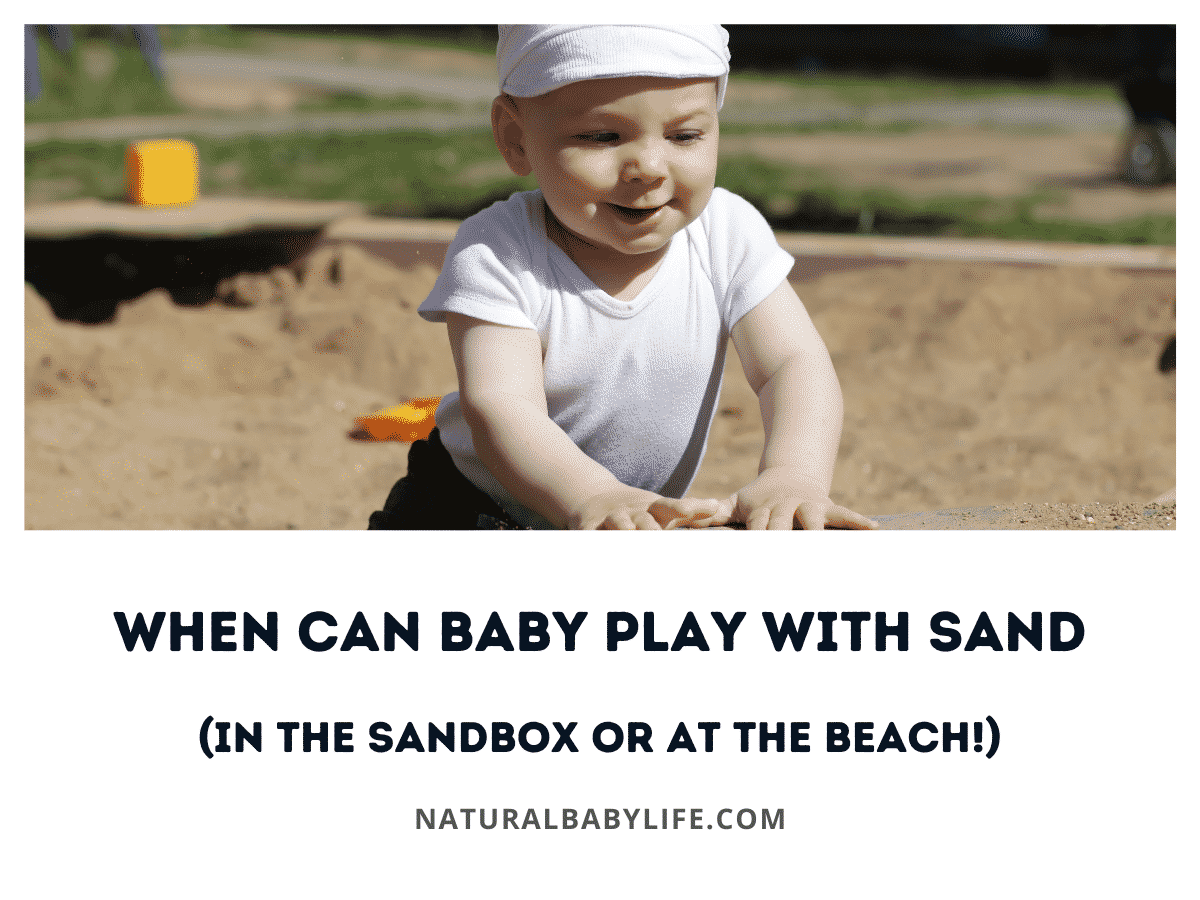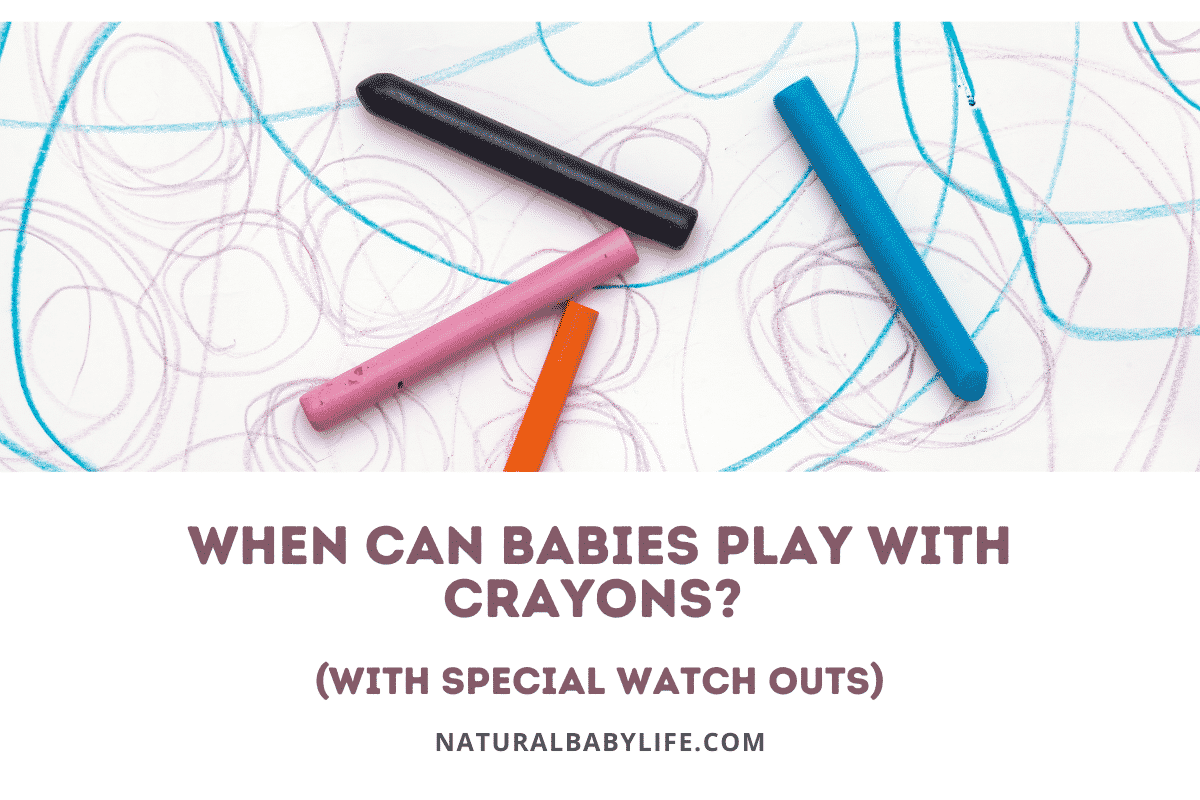You’ve thought about introducing your baby to the fun of playing with play dough and have heard that it’s a great way to keep them engaged, encourage creativity, and promote cognitive development. You think they’re ready but aren’t sure if it’s safe and appropriate at this stage in their toddlerhood. You wonder, when can baby play with play dough?
It’s recommended to wait until a child is at least two years old before introducing play dough. Children are developmentally ready if they have outgrown the temptation to place new objects in their mouths and are willing and able to comply with verbal instructions and warnings. Parents should always supervise play with any type of play dough as it remains a choking hazard.
Read on for more information on when it’s safe to let your baby play with play dough and how to introduce it safely. Plus, we’ve included a couple of easy homemade recipes – including one that is totally edible.
Table of Contents
When can babies start playing with play dough?
While there is no absolute timetable for the appropriate time to introduce playdough, it’s generally recommended that parents wait until their child’s second birthday.
Store-bought play dough comes with the age recommendation of two years and up. It’s best to wait to introduce playdough until your child is able to resist the urge to explore new things by putting them in their mouth.
Also important is to assess your child’s willingness to comply with verbal instructions, and their ability to understand words such as “stop” and “no.”
Developmentally speaking, you’ll want to let your observations and knowledge of your child guide you as well.
Is play dough toxic to babies?
Playdough available for purchase is non-toxic for your baby if eaten. However, play dough that is non-toxic is not necessarily healthy for your baby to consume.
The ingredients in manufactured play dough products are listed on the brand’s packaging.
While non-toxic, the abundance of salt in play dough can cause an increased risk of toxicity if consumed in large enough amounts. It is unlikely that a baby would consume a large enough amount of playdough for this to happen, however, household pets might.
Homemade playdough recipes can come with their own problematic ingredients. Many homemade recipes for play dough include an even higher abundance of salt than store-bought dough. For this reason, it’s critical that you always supervise your child when they are playing with Play-doh.
What chemicals are in Play-Doh?
The most well-known brand of play dough on the market, Play-Doh contains many ingredients some of which are completely edible, including wheat flour, salt, and water, and some that are unsafe for your child in large quantities. Play-Doh does not share a complete list of ingredients on their website, as the ingredients in Play-Doh Classic Compound are proprietary.
While specifics are unknown for this reason, there are chemicals and other ingredients in Play-Doh.
Here are the common ingredients in Play-Doh:
- A starch-based binder
- A retrogradation inhibitor
- Preservatives
- Humectant
- Color
- Lubricant
- Surfactant
- Hardener
- Fragrance
- A Petroleum Additive
- Borax
How do you introduce play dough to a toddler?
Knowing that your toddler can handle play dough reasonably safely can help parents relax about this new form of curious entertainment. In fact, many of us enjoy using cut-outs and rolling play snakes as much as our toddlers.
Safety Tips For Introducing Play Dough:
- Let your child know that play dough is not food and doesn’t taste good
- Use words such as, “yucky” to help your child understand why they can’t eat play dough
- Take the opportunity to model proper and safe use of play dough
- Never leave your toddler unattended with play dough
- Show your toddler all of the safe and creative things they can do with play dough
- Make sure any pets are not consuming play dough
Does play dough help with cognitive development?
A great tactile and fine motor activity for your child, playing with play dough has benefits for their cognitive development as well
When playing with play dough, your child has a world of creative options as to what they wish to form and create from the dough. While considering what their creations might represent, your child is using symbolic thinking and making connections. This impacts their cognitive flexibility allowing them to plan and create, repurpose, and recreate.
So, how do you make the stuff?
How to make baby play dough
Homemade playdough has been popular for decades. Quick and easy to make using food staples in most kitchens, there are recipes galore online that save busy parents the time and money from making a trip to store for store-bought play dough.
Common ingredients in many homemade playdough recipes include:
- Oil
- Cream of tartar
- Borax
- High quantities of salt
- Flour
- Water
- Food coloring.
Recipes For Homemade Play Dough
Below, we’ve included two recipes for homemade play dough that are sure to be a hit with the eager toddler in your home. One is a standard recipe used in some variation for decades, another is a more tasty option that is totally edible and includes chocolate.
On-Cloud-9-Dough
Yields: 5 Cups of Dough
What you need:
- 1 cup water
- food coloring
- 6 cups flour
- 1 cup vegetable oil
- measuring cups
- mixing bowl
- wooden spoon
Directions:
- Mix water and food coloring in a bowl
- Add flour and oil
- Stir
- Knead until smooth
Variation:
For the first step, children can drop the food coloring in the water and watch the color spread.
Recipe Pro’s:
A basic recipe, this recipe uses ingredients you likely already have in your kitchen. Fast and easy to prepare, your toddler can be poking and rolling this play dough within 30 minutes. This recipe contains no tempting ingredients that would encourage your child to taste the dough.
Recipe Con’s:
While the variation of including food coloring allows you to make the dough more pleasing to your curious toddler, many kids react poorly to food coloring. It will also leave them sporting colored hands, a fun side effect or added time at the sink depending on how you look at it.
Here is the link to that original recipe!
Easy Edible Chocolate Play Dough
What you need:
- 1/2 cup stick butter 1 stick, softened
- 1/2 cup chocolate syrup or light corn syrup
- 3 cups powdered sugar plus more for kneading
- 6 Tbsp cocoa powder
- 3/4 cup powdered milk
Directions:
- Mix all ingredients together and knead
Variation:
Try with peppermint, strawberry, raspberry, or orange
Recipe Pros:
A fun and totally edible recipe, this recipe uses ingredients you probably already have in your kitchen for baking cookies. Preparation is simple and easy with minimal cooking required. This recipe contains yummy ingredients that will have your toddler loving the fact that snack time and playing with play dough are one and the same.
Recipe Cons:
The totally safe consumption of this sugary play dough could mean your toddler can’t sit still long enough to actually play with the dough. Because this dough actually encourages your child to eat it, they might have a hard time resisting the urge to do the same with inedible dough. This recipe also requires the use of a microwave which means your toddler can’t help you make it.
Here is the link to that original recipe!
Final Thoughts
As always, check with your child’s pediatrician if you have questions or concerns about introducing your child to play dough and their developmental readiness.
If you believe that your child has consumed a dangerous amount of either store-bought or homemade play dough, contact Poison Control at 1-800-222-1222 or on their website here.

